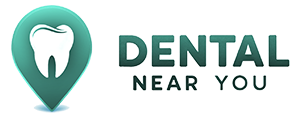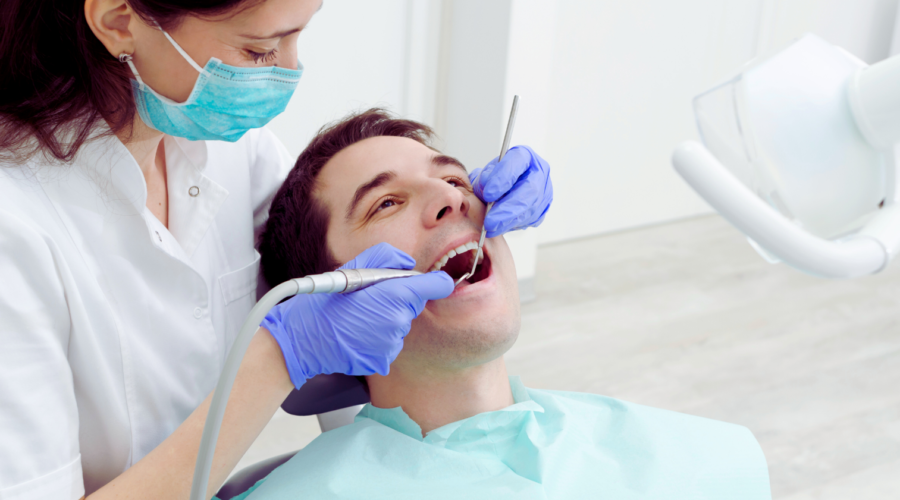The Impact of Technological Advancements on Dental Care
In recent years, the field of dentistry has experienced significant advancements in technology, transforming how dental care is provided. These innovations have not only enhanced the precision and efficiency of dental procedures but also improved patient experiences and outcomes. Here, we explore some of the most impactful technological developments in modern dentistry.
Digital Dentistry and CAD/CAM Technology
One of the most significant breakthroughs in dental technology is Computer-Aided Design and Computer-Aided Manufacturing (CAD/CAM). This technology allows for the creation of highly accurate dental restorations, such as crowns, bridges, and veneers, in a fraction of the time it used to take.
Benefits:
- Precision: CAD/CAM technology ensures that dental restorations fit perfectly, reducing the need for adjustments.
- Speed: Procedures that once took weeks can now be completed in a single visit.
- Patient Comfort: Less time in the dental chair and fewer visits reduce patient anxiety and discomfort.
3D Printing in Dentistry
3D printing has revolutionized many aspects of dental care, from the production of dental models to the creation of custom dental implants and orthodontic devices. This technology allows for rapid prototyping and production, making dental solutions more accessible and affordable.
Applications:
- Custom Implants: 3D printing enables the creation of implants tailored to the specific anatomy of each patient.
- Orthodontics: Clear aligners, such as those used in Invisalign treatments, are produced using 3D printing technology, offering a precise and comfortable fit.
- Prosthetics: Dentures and bridges can be produced more quickly and with greater accuracy.
Laser Dentistry
Laser technology has found numerous applications in dentistry, offering a minimally invasive alternative to traditional dental procedures. Dental lasers can be used for soft tissue surgeries, cavity detection, and teeth whitening.
Advantages:
- Reduced Pain and Discomfort: Laser procedures are often less painful than traditional methods, reducing the need for anesthesia.
- Faster Healing: Patients experience quicker recovery times due to the minimally invasive nature of laser treatments.
- Precision: Lasers allow for more precise targeting of affected areas, preserving more of the healthy tissue.
Digital Imaging and Diagnostics
Advancements in digital imaging, such as Cone Beam Computed Tomography (CBCT) and digital X-rays, have greatly improved diagnostic accuracy and treatment planning in dentistry. These imaging technologies provide detailed, 3D views of the dental structures, allowing for better detection of issues and more effective treatment planning.
Improvements:
- Enhanced Visualization: Digital imaging offers a clearer and more comprehensive view of dental anatomy.
- Lower Radiation: Modern digital X-rays use less radiation compared to traditional film X-rays.
- Accurate Diagnoses: Detailed images lead to more accurate diagnoses and personalized treatment plans.
Teledentistry
The rise of telehealth has extended to dental care through teledentistry. This approach enables patients to receive dental consultations and follow-up care remotely, making dental care more accessible, especially in underserved areas.
Key Benefits:
- Accessibility: Patients in remote or rural areas can access dental care without the need to travel long distances.
- Convenience: Busy individuals can have consultations from the comfort of their homes.
- Continuity of Care: Teledentistry allows for continuous monitoring and follow-up, improving patient outcomes.
Conclusion
Technological advancements are reshaping the landscape of dental care, making procedures more efficient, precise, and patient-friendly. From CAD/CAM technology and 3D printing to laser dentistry and teledentistry, these innovations are enhancing the quality of care and expanding access to dental services. As technology continues to evolve, the future of dentistry looks promising, with ongoing improvements that will benefit both patients and practitioners alike.

